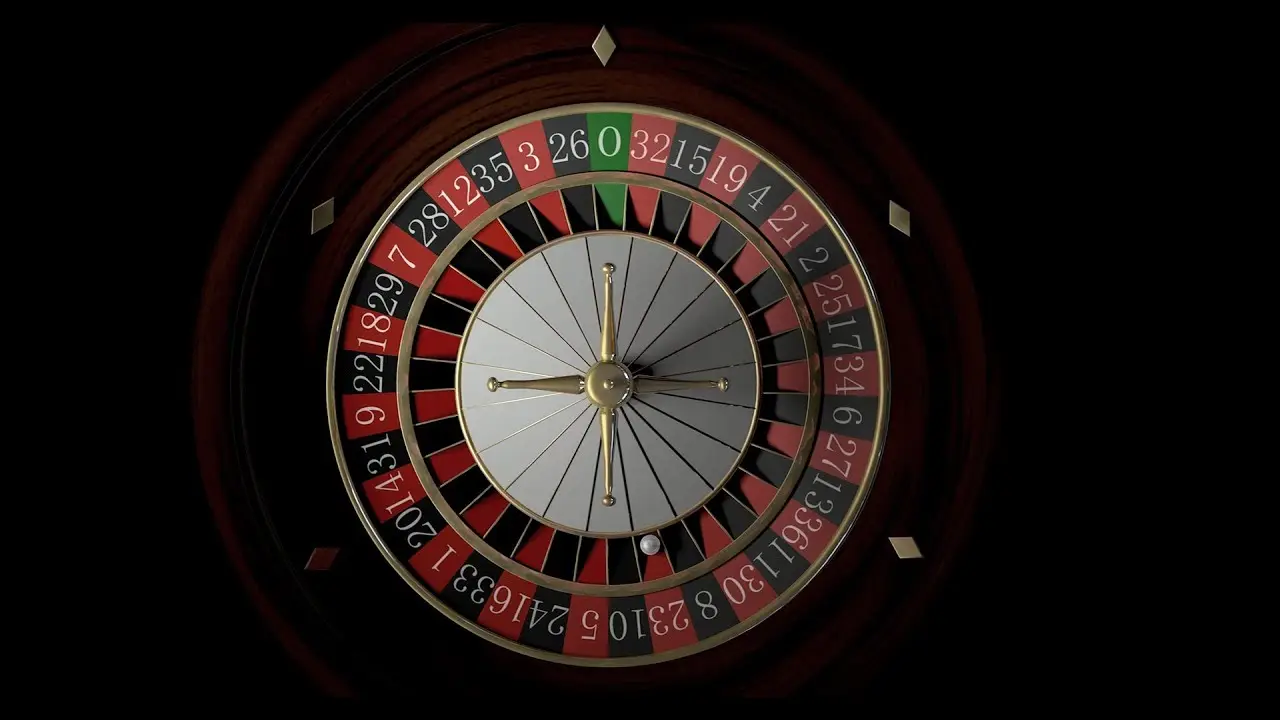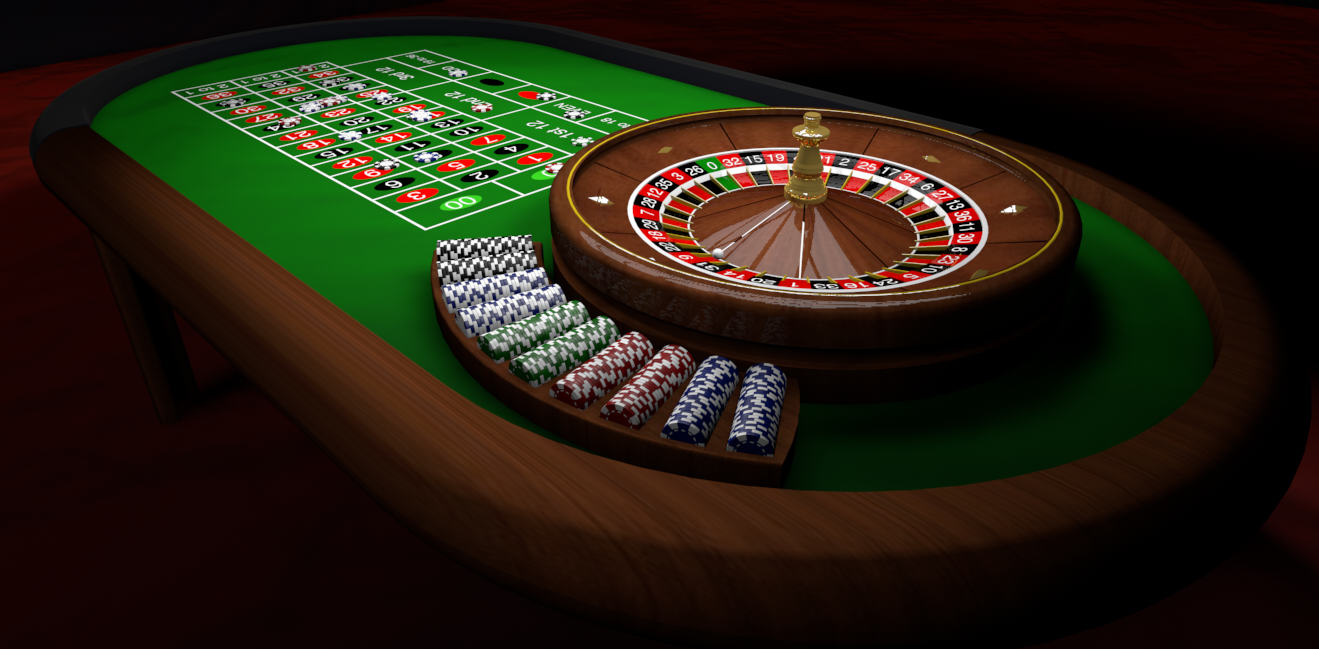The Martingale strategy in casinos attracts attention with its simplicity and seeming infallibility. The method is based on doubling bets after each loss in order to compensate for losses with one win. The straightforward principle, familiar to players since the times of 18th-century French roulette, has become the basis for many variations and still arouses interest in the world of online casinos.
The main idea of the Martingale strategy in casinos
The Martingale strategy is based on progressively increasing bets after each loss. The classic scheme involves betting on even odds in roulette, such as red or black. With a 1:1 payout, the first win after a series of losses covers all previous losses and returns a profit equal to the initial stake.
The algorithm is simple: the initial bet is a fixed amount, a loss leads to doubling, and a win returns to the initial level. This mechanism creates the illusion of guaranteed profit but hides serious risks associated with limits and a limited bankroll.
How to use the Martingale system in roulette
Roulette remains a classic field for applying the method. Choosing even odds bets (black/red, even/odd) provides a 48.6% chance in the European version, where there are 37 sectors on the wheel. With a sequence of bets like 100-200-400-800-1600, even the sixth doubling will require a significant capital.
To understand the mechanics, consider an example:
- bet 100 lost;
- next bet of 200 also lost;
- a win on a 400 bet will result in a total profit of 100.
This principle builds tension during a long series of losses. Real casinos set limits, usually restricting doubling at the 7th or 8th step. In online roulette, limits vary: the minimum bet often starts from $1, while the maximum is limited to the range of $500-$5000.
When the strategy works and when it doesn’t
The effectiveness of the method depends on discipline and understanding of limitations. In short sessions with strict bankroll control, the system can bring a small profit. During extended play, the likelihood of encountering a series of losses increases, and then even a large bankroll does not save.
The key factor is the limits. If the limit is $5000, an initial $10 bet allows increasing it to a maximum of $5120 (10 doublings). Losing in such a scenario wipes out the capital.
Types of Martingale strategy in casinos
The Martingale strategy in casinos has acquired many variations. Players have adapted it to different gambling games and their own preferences.
Varieties of the method:
- Classic form – sequential doubling until a win.
- Anti-Martingale strategy – the reverse principle where the bet increases after a win, and a loss returns it to the minimum level.
- Conservative Martingale – the bet increases not by doubling but by a fixed percentage, reducing the strain on the bankroll.
- Progressive modifications – adding formulas that consider the current bankroll size and game dynamics.
These types of Martingale strategy help adapt the system to different scenarios, but none of them eliminate the basic risk – the probability of a long series of losses.
Practical limitations and calculations
The Martingale strategy in casinos demonstrates vulnerability to limits and limited capital. A bankroll of $10,000 allows starting with a minimum of $10 and enduring no more than 9 doublings. The probability of losing ten times in a row in European roulette is 0.14% (1 in 683). Despite the seemingly small number, this risk manifests quite often during long play.
The random number generator (RNG) in online casinos enhances unpredictability. The sequence of outcomes is completely independent, so no series increases the likelihood of the next win. Unlike a physical wheel where players relied on mechanical flaws, the RNG eliminates patterns.
Martingale strategy and bets in other games
Although the method is most commonly associated with roulette, practice shows that it can be applied in other popular casino games. In each discipline, the Martingale system acquires its own features and limitations related to the rules and mathematics of the specific game.
Application of the method in other games:
- Blackjack – the bet increases after a hand loss. The casino’s advantage and high variance create the risk of rapid bankroll loss.
- Baccarat – players use the method when betting on the banker or player with 1:1 payouts.
- Craps – doubling on Pass Line or Don’t Pass bets works similarly to roulette, but the limits are often lower.
These games maintain the general principle: one win covers a series of losses. However, the probability and limits set strict boundaries on effectiveness.
Strengths and weaknesses of the Martingale strategy
Any betting system has both positive and negative aspects, and Martingale is no exception. On one hand, it attracts with its simplicity and logic of loss compensation, on the other hand, it contains hidden risks that manifest during extended play. By understanding the advantages and disadvantages of the method, its real practical value can be soberly assessed.
Advantages:
- simplicity and clear algorithm;
- quick return to the minimum bet after a win;
- psychological effect of controlling the situation.
Disadvantages:
- risk of wiping out the bankroll during a long series of losses;
- betting limits restrictions;
- dependence on probability that cannot be bypassed.
The Martingale strategy in casinos demonstrates effectiveness only in short distances and with strict capital control. Long-term play turns the system’s advantages into a source of serious financial risks.
Tips for applying the Martingale strategy in casinos
For this tactic to work most effectively in a casino, it is important to consider not only the theory but also the actual game conditions. Proper preparation and discipline help reduce risks and use the system more consciously.
Practice shows effectiveness only with a comprehensive approach:
- start with the minimum bet to withstand more doublings;
- consider the limits of the specific casino and calculate the number of possible steps in advance;
- control the bankroll and determine the size of an acceptable loss in advance;
- limit the playing time to reduce the likelihood of long losing streaks;
- use the system only on even odds bets with a 1:1 payout.
The Martingale strategy in casinos shows results only when these conditions are precisely followed. Any deviation from the plan increases risks and nullifies the potential advantage of the method.
Conclusion
The Martingale strategy in casinos gives an illusion of control and simplicity but turns into a risky tool without strict discipline. The system is interesting as a mathematical approach; however, the casino profits from limits and the probability of long losing streaks. A conscious player applies the method only within a pre-calculated bankroll framework; otherwise, even one prolonged loss negates all efforts.
 en
en  de
de  ar
ar  es
es  nl
nl  hi
hi  fr
fr  it
it  pt
pt  el
el 













